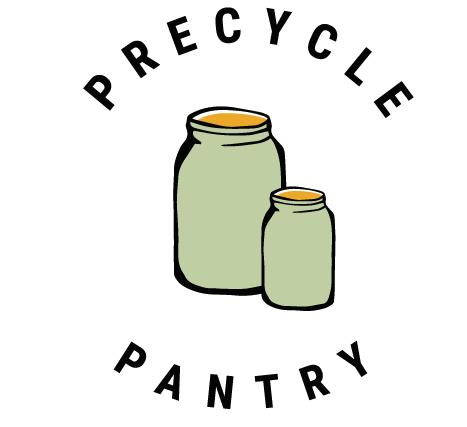It might sound like a contradiction, to use reusable containers in a moment in history when we are all desperately trying to avoid contaminated surfaces. It all comes down to the lack of knowledge from hygienic practices from brands that are making us skeptical about their sanitation protocols and product handling.
Unfortunately, this pandemic has made consumer behaviour and businesses to go backwards and to choose singe-use packaging, assuming that they will be safer from being exposed and contaminated.
Science is luckily present, to convince our irrational side, and show us the other side of reality with the purpose of gradually getting out of the constant fear in which we have been exposed to live. Last year in June, there was an international report published by over 100 scientists, epidemiologists, professors and doctors from several countries, in which they all concluded that reusable containers and systems are safe when we utilise basic sanitation practices.
The main source of spread is amongst people
According to the CDC (Center for Disease Control and Prevention in the USA), the main sources of spread have been through direct inhalation of particles or droplets from person to person; at the moment of talking, sneezing or coughing. Even if these droplets reach a surface, a person would have to touch the exposed surface and then take their hands into their nose, eyes or mouth to contract the virus.
The most effective way to avoid the spread is to wash our hands constantly with water and soap and to avoid putting our hands on our faces when in public spaces.
Reusable packaging and single-use packaging have the same possibility of exposure.
Several studies show that infectious particles can remain in the surface for quite some time, depending on the type of material. However, the results show that material is not the only factor that can influence the presence of this virus. Some other factors to take into account are; temperature, humidity and viral load.
This shows that plastic is not less risky than other materials, but can even lead to other health concerns due to the adverse effect on environmental pollution and ecosystems.
Reusable packaging and containers are designed to be washed.
Within the zero-waste community, cleaning principles were already taken into account even before the pandemic. Starting from their design; reusable containers were created to withstand use, washing and reuse during several cycles.
Nowadays, things have not changed and these containers are washed with water and detergent before being reused, minimising the risk of contamination.
In conclusion, although we are not going to get rid of COVID for a long time, we have to learn to be more informed about effective prevention and spreading methods. In saying this, the most effective measures of prevention, continue to be basic hygiene rules such as hand washing and the use of masks in public spaces.
At Precycle Pantry, we are committed to be transparent with our food and package handling practices and to take all safe measures into account when we pack and refill your essentials. We encourage you to keep choosing sustainable shopping alternatives, and this way we only have to worry about COVID and not about our climate crisis.
Feel free to comment or contact us with any questions at hello@precyclepantry.com.au
Photo credit shout out to Laura Mitulla

